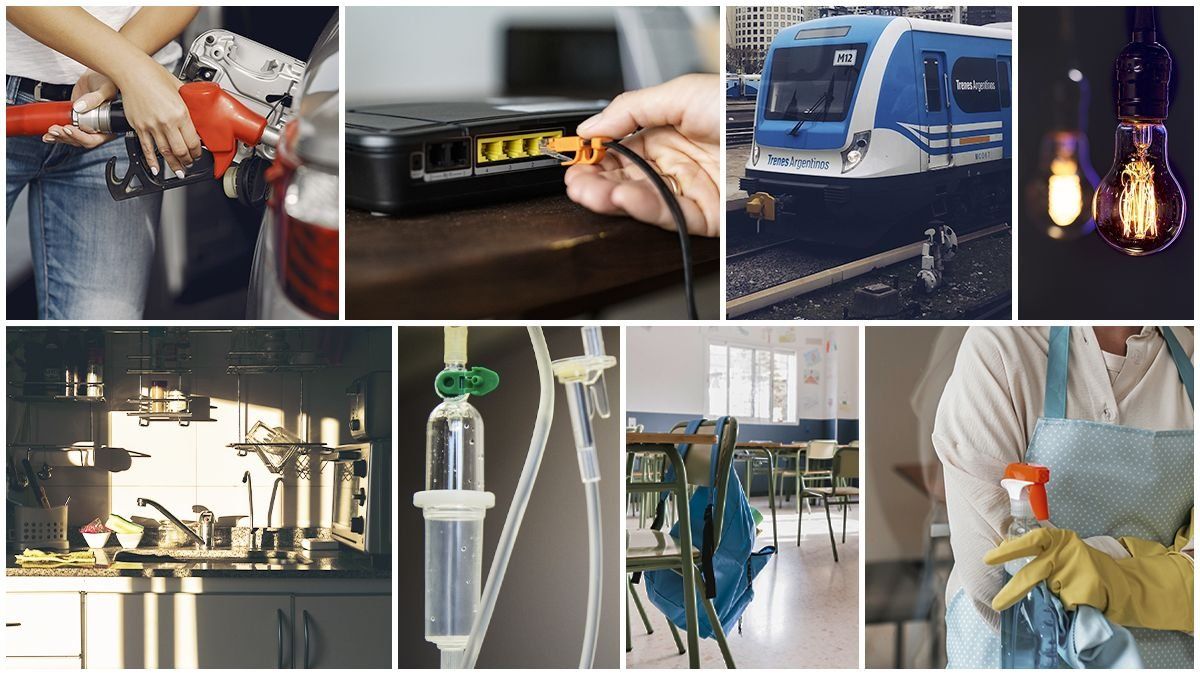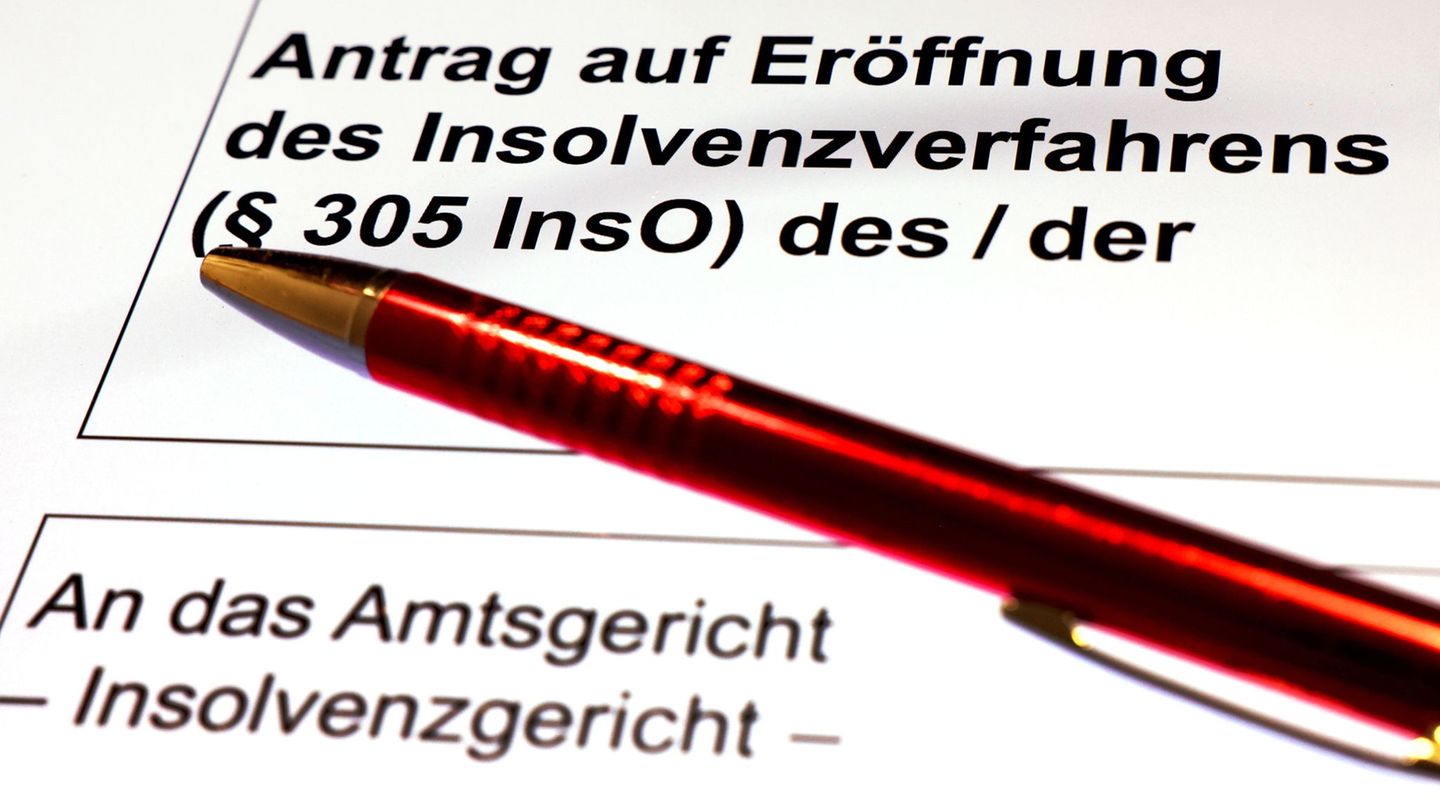Within the framework of the beginning of June, the pockets of Argentines are going to have two good ones and one bad one: the good ones are that some unions will receive salary increases this month in addition to the long-awaited Christmas bonus. The bad news is that the increases that are already scheduled continue and the one that will impact the most is Transportation.
1. Fuels
After the renewal of the price agreement with the Government, the oil companies will apply in June an increase of 4% average in gasoline and diesel that they sell throughout the country. The increase was agreed with the Ministry of Energy and Commerce when the Fair Prices agreement with the oil sector was renewed. So far this year, fuels have increased 18% against inflation in the first quarter of 32% and a devaluation of the peso of 25%, they indicate in the sector.
2. Internet, telephony and cable
Starting in June, monthly increases of 4.5% are added -retroactive to May 2023- for postpaid or mixed plans for mobile telephony, Internet access services, fixed telephony and cable or satellite television. Then, the 4.5% increase will be repeated every month in a percentage of up to 4.5% over the values updated on the last day of the previous month.
3. Public transport
As of this June 1, an 8.6% increase in public transport fares will begin to apply in the AMBA. This is the third application of a new monthly update formula that will apply until July and is adjusted on the basis of the Consumer Price Index published by INDEC.
According to this modality, the minimum bus ticket in the AMBA from June will cost $46.35 and that of the train will oscillate between $22.51 and $29.12, according to the line
On the other hand, the company Subterráneos de Buenos Aires SE (SBASE) confirmed the new increase in the subway rate. As of Monday, June 5, the ticket will jump $7 and will cost $74, while the Premetro will be worth $26.
4. Rentals
With the Rental Law still in force, a new increase arrives in June 2023 that this time will exceed 100% compared to a year ago. The new jump is due to the fact that the formula adjusts for inflation, which has accelerated again in recent months.
Now in June it will be at least 100% after the latest inflation data, thus raising a new step compared to the 95.9% that had been applied in the May updates, the 92.6% of April, 89, 5% in March, 85.8% in February and 81.4% in January.
5. Prepaid
In June affiliates will suffer a 5.49% increase in fees. However, private medicine companies began to warn users that the increase in July will be 8.49% and will apply to everyone equally.
This is because the Health Cost Index was less than 90% of the variation in formal wages (RIPTE), which is the indicator used to set the increase in the quota for those who earn less, according to the Superintendency of Health Services.
Decree 743/2022, which set differentiated increases from February, established that 90% of the RIPTE acts as a ceiling for those who receive less than 6 Minimum Vital and Mobile Wages (SMVM) in relation to the Health Cost Index . On the other hand, 100% of this index is applied to those who earn more than 6 SMVMs.
With the increase of 6.9% in January and the 6 increases with the new criteria, the cumulative increase in the first 7 months of the year will reach 52.8%, for those who apply the health cost index. Meanwhile, for those who receive less than 6 SMVM, the rise between January and July will be 42.7%.
6. Private schools
The Ministry of Economy added private schools to the Fair Prices program in February. The agreement consisted of a school basket with a price cap and they also negotiated a cap on the increase in fees. But the inflationary escalation forced to renegotiate those increases and thus in June the school fees will increase 11.1% in the City of Buenos Aires and 7.5% in Greater Buenos Aires.
7. Electric power
Electricity rates for Edenor and Edesur customers will increase between 11 and 36% starting tomorrow, according to the four tariffs published this Wednesday by the national government in the Official Gazette.
Resolution 424/2023 of the National Electricity Regulatory Entity (Enre) established the new values that respond to the category in which each home was established according to the segmentation.
According to this scheme, the rate for higher income households (Level 1) will increase 11%. It should be remembered that as of May all subsidies had been removed from this sector. Meanwhile, for households in middle-income sectors (Level 3) the increase is of the order of 24%.
In turn, for the lower income sectors (Level 2) the adjustment reaches 36%.
According to the official report, Level 2 users would pay an average of 64% less for the electricity rate than Level 1 users, who are those with household incomes above $700,000, or who did not register. on record to maintain subsidies.
Meanwhile, Level 3 users would pay, up to category R4 (those who consume the least) an average of 66% less than Level 1 users, a percentage that then decreases as consumption increases until it reaches 11%. on average.
On the other hand, for non-residential users (businesses and industries) in the General 1 (G1) category the increase is 41%, while for G2 and G3 it will be 32% and 27%, respectively.
8. Domestic workers
According to the update, announced by the National Commission for Work in Private Homes, three stages of increase have been applied to the March salary. The scheme was as follows; in April, there was an increase of 14%; in May, 7%; and in June, they will receive another 6% raise.
Source: Ambito




